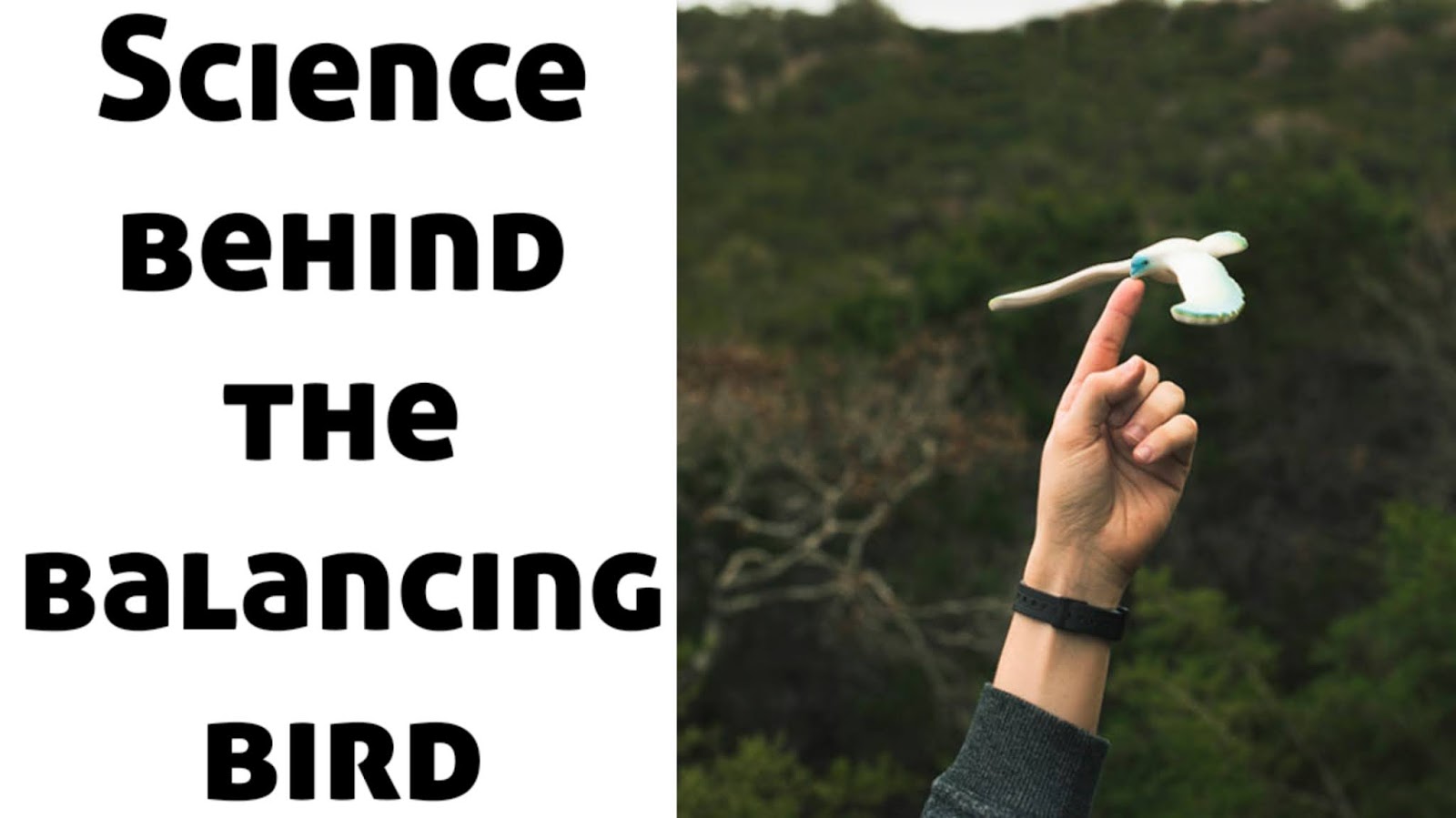Introduction
Pollution has become one of the most pressing challenges of the 21st century. From the air we breathe to the water we drink, every part of our environment is being affected by human activity. Industrial growth, vehicle emissions, and careless waste disposal have created a situation where pollution isn’t just an environmental problem; it’s a human survival issue.
Let’s break down what pollution really means, how it affects life on Earth, and what we can do to control it.
What Is Pollution?
Pollution is the introduction of harmful substances or contaminants into the environment that cause adverse effects on living organisms and the ecosystem. These substances, called pollutants, can be solid, liquid, or gaseous and are often the result of human activities such as industrialization, deforestation, and urbanization.
Types of Pollution
To understand the full picture, it’s important to know the major types of pollution and how they affect our planet.
1. Air Pollution
Air pollution occurs when harmful gases, dust, and smoke contaminate the atmosphere. The main culprits are vehicle emissions, industrial smoke, burning of fossil fuels, and agricultural activities.
Key pollutants: Carbon monoxide (CO), nitrogen oxides (NOx), sulfur dioxide (SO₂), and particulate matter (PM2.5 and PM10).
Impact:
- Respiratory diseases like asthma and bronchitis
- Global warming and climate change
- Acid rain is damaging crops and monuments
2. Water Pollution
Water pollution happens when chemicals, waste, or toxins enter rivers, lakes, and oceans. Common sources include industrial discharge, sewage, agricultural runoff, and plastic waste.
Impact:
- Death of aquatic life
- Contamination of drinking water
- Spread of waterborne diseases like cholera and typhoid
3. Soil Pollution
Soil pollution occurs when chemicals or waste products mix with the earth, making it unfit for agriculture. Pesticides, fertilizers, and industrial waste are the major contributors.
Impact:
- Reduced soil fertility
- Contaminated crops
- Health issues due to chemical exposure
4. Noise Pollution
Noise pollution is the excessive or harmful level of noise from vehicles, industries, loudspeakers, and construction activities.
Impact:
- Hearing problems
- Stress and sleep disturbances
- Negative effects on wildlife behavior
5. Plastic Pollution
Plastic pollution is one of the fastest-growing environmental concerns. Non-biodegradable plastics fill up landfills, clog drains, and enter oceans, threatening marine life.
Impact:
- Death of sea animals due to ingestion
- Microplastics entering the food chain
- Long-term environmental damage
Major Causes of Pollution
| Cause | Description |
|---|---|
| Industrialization | Factories release smoke, chemicals, and waste into the air and water. |
| Urbanization | Increased construction and vehicles raise dust and emissions. |
| Deforestation | Cutting trees reduces the planet’s ability to absorb carbon dioxide. |
| Agriculture | Excessive use of pesticides and fertilizers harms soil and water. |
| Waste Disposal | Poor waste management leads to land and water contamination. |
Effects of Pollution on the Environment and Human Health
Pollution affects every aspect of life, from our health to the planet’s natural balance.
On Human Health
- Respiratory and heart diseases
- Cancer due to long-term exposure to toxins
- Waterborne and vector-borne diseases
- Neurological disorders in children due to heavy metals
On the Environment
- Global warming and the melting of glaciers
- Loss of biodiversity
- Damage to coral reefs and marine ecosystems
- Soil degradation and reduced agricultural productivity
Solutions to Reduce Pollution
While pollution cannot be eliminated overnight, consistent efforts can reduce its impact significantly.
1. Afforestation and Green Initiatives
Planting trees helps absorb carbon dioxide and purify the air. Governments and communities should focus on large-scale tree plantation drives.
2. Use of Clean Energy
Switching to renewable sources like solar, wind, and hydropower can cut down greenhouse gas emissions.
3. Waste Management
Proper segregation of biodegradable and non-biodegradable waste, along with recycling and composting, is essential.
4. Reduce, Reuse, Recycle
A simple yet powerful principle. Minimizing plastic use and promoting reusable products can make a big difference.
5. Stricter Environmental Policies
Governments should enforce pollution control laws, monitor industrial waste, and penalize violations.
6. Public Awareness
Education and awareness campaigns can encourage people to adopt eco-friendly habits such as carpooling, using public transport, and conserving water.
The Role of Technology in Combating Pollution
Technology can play a vital role in reducing pollution:
- Air quality monitoring systems for real-time data
- Electric vehicles (EVs) to reduce emissions
- Smart waste management systems to handle urban waste efficiently
- Biotechnology for cleaning oil spills and chemical waste
Conclusion
Pollution is not just an environmental issue; it’s a moral and social responsibility. Every small action counts. Whether it’s planting a tree, using less plastic, or conserving energy, we all have a part to play.
If we act now, we can protect the planet for ourselves and for future generations. The fight against pollution begins with awareness, continues with action, and ends with change.






0 Comments